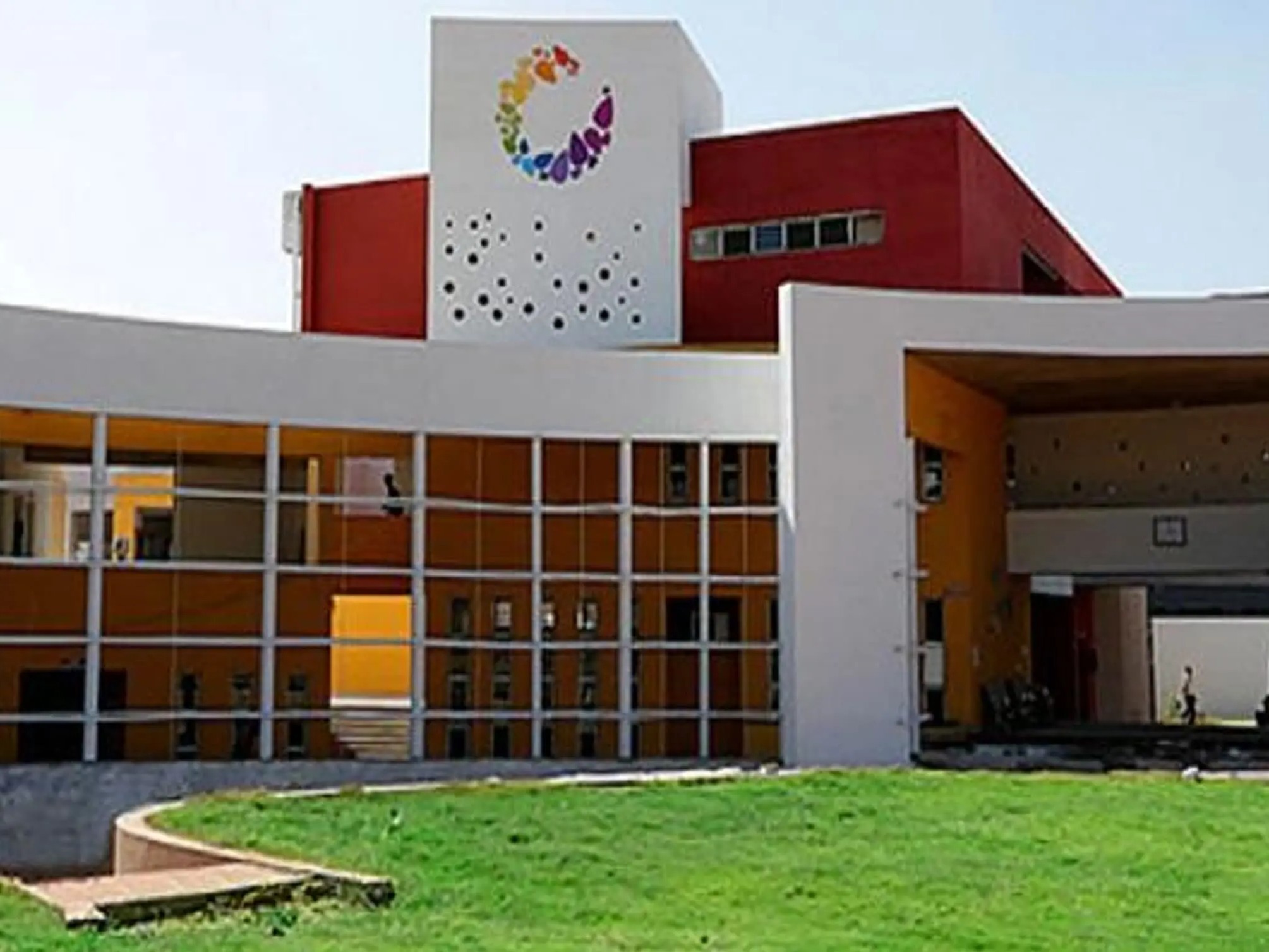A patient comes to a hospital with clot in a vessel that supplies blood to the brain. The doctor needs to dissolve the clot, or thrombus, in order to save the patient. It could be done through medicine or surgery. In cases where medication takes time to be effective or surgery is considered too complicated, a doctor is likely to insert a catheter under imaging guidance and follow minimally invasive procedures to clear the blood clot. This process is quicker than surgery and requires the patient to be hospitalised for very little time.
A patient comes to a hospital with pain in the abdomen. Investigation – an ultrasound is done – reveals pus collection in the liver. Instead of using a surgical procedure to remove the pus, a needle, under imaging guidance, is inserted to drain it out.
Welcome to the world of radiology. Both of the above are examples of interventional radiology, which is diagnostic as well as curative in nature. “Radiology is a branch of medicine dealing with the use of radioactive substances for the diagnosis and treatment of disease,” says Dr Bharati Singhal, senior resident at a leading city hospital. “It includes diagnosis using modalities such as X-rays, ultrasound, Doppler, mammography, computed tomography (CT), magnetic resonance imaging (MRI), positron emission tomography (PET) and PET wedded to CT/MRI. Radiology also encompasses intervention radiology, which is curative/therapeutic.”
This branch of medicine, however, is largely diagnostic and it is, according to Dr Yatish Agarwal, consultant and professor, Department of Radiology and Diagnostic imaging, Safdarjung Hospital and VM Medical College, “today the mainstay of evidence- based medicine”.
The scope of work of a radiologist is tremendous, says Dr Sunil Bakshi, consultant radiologist with special interest in ultrasonography. “It is a highly coveted branch among medical professionals,” he adds. “Radiology has grown exponentially,” says Dr Agarwal. “You can today develop expertise in any one of the modalities – X-rays, ultrasound, CT, MRI and PET.” Alternatively, as is the practice among a number of institutions globally, divisions have also been drawn along the lines of various organ systems. “You could develop special skills in neuroradiology, cardiovascular radiology, gastro- intestinal radiology, gynecological radiology, forensic radiology, and so on,” adds Dr Agarwal.
With India’s economy looking up, medical facilities are also on the verge of major expansion.
“Keeping in step with this expansion, the need for radiology facilities is in for a quantum jump,” he says.
However, there is a dearth of good radiologists in the country. “That is because fewer number of students get to do the MD course each year due to the limited number of seats,” says Dr Singhal.
“Most of the government institutes earlier were also not equipped with state-ofthe- art technology,” says Dr Devlina Chakravarty, head radiology, Artemis Health Institute, Gurgaon.
This trend, however, is changing thanks to betterequipped hospitals and private institutes providing Diplomate of National Board (DNB, equivalent to MD) in radiology, she says.
There are many challenges facing the profession, says Dr Chakravarty. Increased dependence on radiology services for diagnosis and treating patients with less clinical input are major challenges. Added to this is the fact that “radiologists are faced with the problem of handling massive data per patient as newer imaging modalities provide higher resolution and a large number of images”, he adds. Moreover, the fact that clinicians are becoming more dependent on radiologists to provide diagnosis is adding to professional pressures.
Whatever the challenges, radiology has a great future. “The profession continues to grow in size and scope as the number of imaging procedures tend to grow steadily and technology becomes more and more exciting,” says Dr Chakravarty.
How do I get there?
Take up physics, chemistry, biology at the plus-two level, pass the pre-medical entrance examination and study MBBS and become a physician. Following this, you have to write the MD entrance exams, and qualify absolutely at the top to get in. Once you are into the MD programme, you have to work hard to acquire the required knowledge and skills to become a good radiologist. During the MD, you also have to carry out research. However, you are almost there once you qualify the MD exams. You can then do a three-year senior residency and/or sub-specialty training, subsequent to which you can practice as a radiologist.
Institutes & URLs
-
All India Institute of Medical Sciences, New Delhi - www.aiims.edu
-
Assam Medical College and Hospital, Dibrugarh - www.assammedicalcollege.net
-
Dr B R Ambedkar Medical College, Bangalore - www.bramc.org
-
R G Kar Medical College and Hospital, Kolkata - www.rgkarmedicalcollege.org
-
University of Calicut - www.universityofcalicut.info
-
Deccan College of Medical Sciences - www.deccancollegeofmedicals ciences.com
Frequently Asked Questions
Sorem ipsum dolor sit amet consectur adipiscing elit sed eius mod nt labore dolore magna aliquaenim ad minim sorem ipsum dolor sit amet consectur adipiscing elit sed eius modam.
Sorem ipsum dolor sit amet consectur adipiscing elit sed eius mod nt labore dolore magna aliquaenim ad minim sorem ipsum dolor sit amet consectur adipiscing elit sed eius modam.


